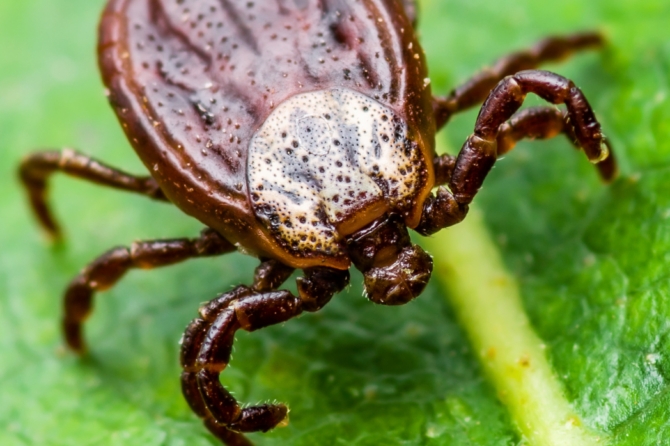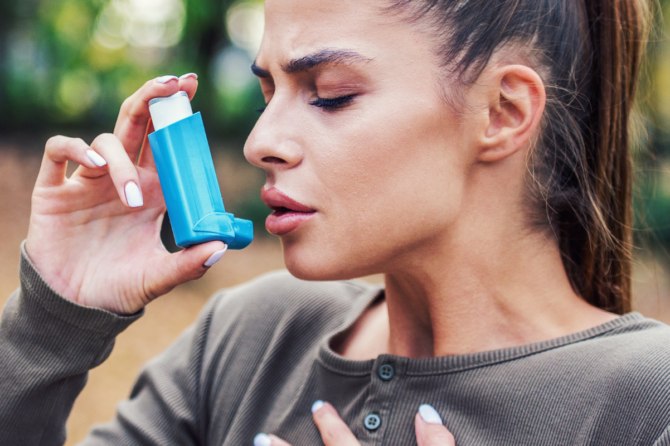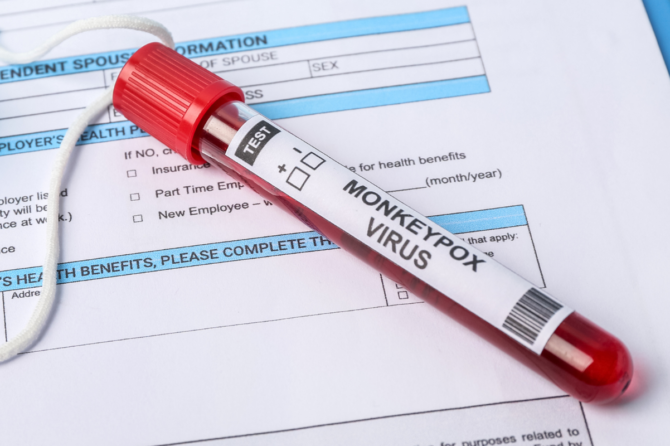
Facts About Lyme Disease
Recently, we shared some important information and tips about how to avoid ticks outdoors. In that post, we also included steps to tick-proof your backyard. This time, we bring you some pertinent information and a few interesting facts about Lyme disease. The typical season for ticks is April to September. Of course, not every area of the
Read more



